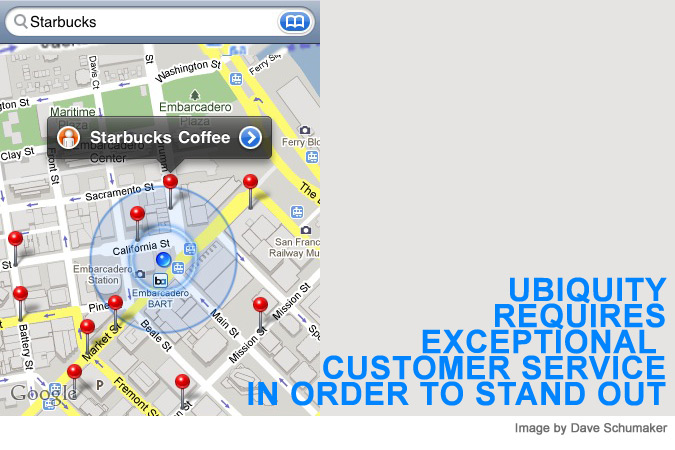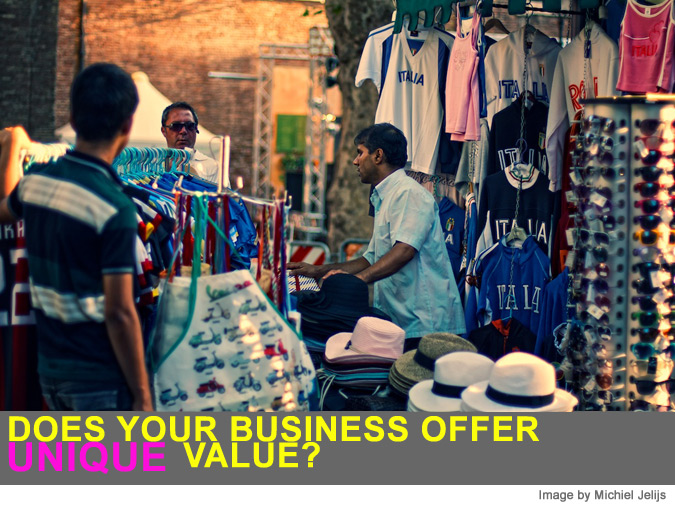Recently, I went to see the movie Avatar. My experience was far more complex than I had expected, and has left me considering how businesses make and break commitments to their customers. The story is in two parts, as I had to go to two theaters to try to see the film.
Theater #1: Making a False Commitment to Customers

I knew the movie was created to be viewed in 3D, so I found a local theater that offered that version. The movie had just been released, so I bought my tickets online and arrived at the theater an hour early. Four people had arrived ahead of me, I chose my seat, and by the time a half hour had passed, the theater was really filling up. Once 7:30 arrived, we were amped to see the movie, having held our odd 3D glasses for an hour, wondering if they would prove magical or not.
But, before the lights dimmed, two theater employees came to the front and told us there would be a slight delay, 5-15 minutes as they got the special 3D projector set up. Here is what followed:
- 7:45 further apologies, further delays and handing out passes for a free popcorn or soda.
- 8pm more apologies, and an outright promise that they would be showing the movie, and that we should just bear with them.
- 8:15pm even more apologies and more promises that they are 100% going to show the film, that they were almost ready.
- 8:30pm yes, even more apologies and an offer to go into another theater to catch the 2D version of the film that was starting at 8:30. Clearly, this means that even though you had waited an hour or two already, you would be getting the worst seats in the theater for a lower quality of experience (2D vs 3D)
- 8:45pm the same two teenage theater workers come back in, this time with a security guard, and inform us that the movie was not going to be shown. The offered a free movie pass as well as a refund for the expense of this one.
Now, let’s revisit how many ways the movie theater mismanaged this:
- Hiding Critical Facts
Three audience members had managed to find one of the projector operators who explained that this was an issue at both of the previous attempts to show the film earlier in the day, and neither of those screenings could be shown. In fact, the movie had been downloading since the 3pm showing, and the theater operators were hoping it would be ready by 7:30.
When people are paying close to $15 for a ticket, perhaps another $5 or $10 on food, and sitting there with their friends, kids and loved ones with high expectations, these are things that should have been mentioned at the ticket counter well before anyone sat down with the expectation of seeing the film at 7:30 – or at all.
- Setting False Expectations
Again and again, as the movie downloaded from the central server to their projector (a process that took 5 hours), they assumed they knew when it would be complete and that it would work. This despite the fact that this theater was new to using the 3D projector, and the projectionists admitted that they had little knowledge of the projector or the process of using it.
So when the computer said 90% downloaded, they told the audience “it should only be 15 minutes” even though they had no idea. So again and again they told us this, even though they clearly were wrong each time.
Once the movie did download 100%, it was “corrupt” and would not play. So their promises that they would absolutely show the movie tonight was based on a faint hope of what they would like to happen, not an experienced voice who felt an obligation to their customers.
- Telling Outright Lies
The theater employees made a comment that they were having issues downloading the film from the central server, and that this was happening at theaters across the country. A few quick searches on Twitter via my iPhone left me without a single other example of people complaining about the film being delayed or not shown due to this issue.
After waiting for two hours and forty five minutes, I got my refund and left the theater. Let’s compare this experience with my second attempt to see the movie.
Theater #2: Living Up to Promises

For my second attempt to see Avatar, I went two days later to a theater that offered a full IMAX 3D version of the film. I purchased my tickets online that afternoon, and arrived at the theater an hour before the show time. Here are four key ways that this experience differed from my previous attempt:
- Committing to the Customers
When I arrived at the theater (again – an hour before show time), there were already 100 people on line ahead of me. The usher clearly told me where to wait, even though the line was so long that it had to be broken into two halves. While on line, the manager walked around and chatted with patrons. This really got my attention. He wasn’t hiding, ordering underlings to tell people to be patient, he had nice slow civil conversations with people, setting reasonable expectations on the process of getting into the theater, explaining how good the experience was and why they were so excited to have Avatar in IMAX 3D. He really made you feel welcome and excited.
When he came up to me and a few folks around me, he talked about when we would be let in, how the line would move, and allayed our fears about not getting a good seat. He told us that the projectionists felt that being in the first third of the theater was the sweet spot for IMAX 3D, and that most of those 100 folks ahead of us would likely run right towards the upper seats as a matter of course.
He also went on to explain that some of the trailers were in 3D, and that they were quite stunning in their own right. He also told us the process of what went into installing the IMAX theater – where the extra speakers were, and how massive the project was. He really set an expectation that we were in for a treat.
Some folks around me asked him when a few new films would be coming to this theater, and you can tell he was a real movie fan talking about films he was excited about.
- Committing to Employees
After that conversation, I still had quite a wait on the line. While I people watched, I kept an eye on the manager. It was amazing to watch him just chatting with folks all over the lobby. Always pleasant, always trying to make their experience a bit nicer.
He kept checking in with the employees in the IMAX theater, as the cleaning crew went in, as other members of his staff talked to folks in the front of the line.
Then I saw him behind the concession stand – SWEEPING THE FLOOR! He didn’t yell at anyone to do it, it wasn’t something that a customer would have even seen – he just saw some spilled popcorn or something, and quickly cleaned it up himself.
I soon realized that his real reason for being back there was to help another employee bring the cart with the sanitized 3D glasses from the back room, through the concession area, through the lobby and to the entrance of the theater. Every step of the way, he made sure things were done right, and never ordered anyone around.
- Committing to a Technology
This is not a theater that went kicking and screaming into 3D – they renovated an entire theater, losing three rows of seats in order to install a full IMAX theater. They added a larger screen, extra speakers, and I assume other equipment like the projector. For the 3D glasses (which are much larger than non-IMAX 3D glasses), they are reused, and have to be disinfected between screenings. So this ads the cost of the disinfecting equipment, plus employee training on the process and the time-management to do this between two screenings. That is a big commitment. It should be noted that while this theater serves a very large region, it is not sitting in the middle of a high-income area. It is mixed-income, and requires a considerable drive for most patrons. So they committed to the concept that they would sell enough $15 tickets to this market.
- Committing to an Experience
The end result is that this theater made a commitment to the overall movie experience. While its customers deal with making ends meet in a deep recession and competing technologies make it cheaper and easier to get a comparable experience at home, this theater did everything it could to elevate the movie going experience and reinforce the belief that it is indeed worth paying for.
And they didn’t need to offer Godiva chocolates or personal massages to do so. Just an attractive, clean and well-managed theater. It’s just that simple.
What is so interesting here is that I am not telling a story of a brand that exceeded expectations. All I wanted was for a business to live up to its promises and set reasonable expectations. For a $15 ticket to a movie, that is not a silly thing to ask.
In the end, it left me considering how many other types of businesses make partial commitments to their own products, undercut their employees and make false commitments to customers in the pursuit of revenue.
As I consider these same ideals in the online space, it reminds me of ways that some brands do a horrible job trying to connect with customers on the web, and others do a phenomenal job of leveraging social media in fun and meaningful ways that have a real affect on their business.
When you consider building your brand online, which type of business will you be?




